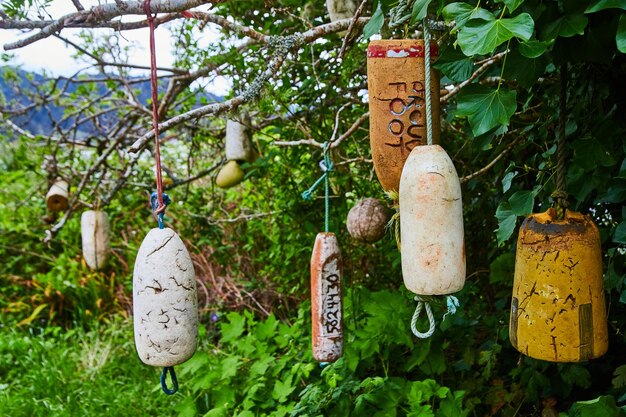Bottle Brush Plants:
Bottle Brush Plants sometimes also known as Callistemon spp. That are prized for their vivid, eye-catching blossoms that mimic a bottle brush, hence earning the name. These little trees or evergreen shrubs are native to Australia, but their gorgeous red, pink, or white blossoms and low maintenance needs have made them well-liked all over the world.
Choosing the Right Location for Bottle Brush Plants:
Plant your bottle brush in a full sun to somewhat shaded area to guarantee colorful blooms. Warm conditions are ideal for these plants, and well-draining soil is necessary to avoid root rot. If you reside in a colder climate, you might want to plant them in warm containers that you can bring inside during the winter.
Soil and Water Demands:
Plants that bottle brush prefer slightly acidic soil over neutral soil. Maintain enough drainage to avoid standing water, which can result in root infections. Water the soil well but sparingly, letting it dry out in between applications. Use a balanced fertilizer during the growing season to encourage robust growth and copious blooms.
Pruning and upkeep:
To keep these plants in good health and shape, regular pruning is essential. After flowering, lightly prune to encourage new growth and remove wasted blooms. Take off any damaged or dead branches to increase the plant’s ability to circulate air.
Control of Pests and Diseases Of Bottle Brush Plants.
Although bottle brush plants typically are resistant to disease and pests, scaling insects and fungal problems can occasionally impact them. As you notice any symptoms of an infestation or illness in your plants, keep an eye out for them and take quick action to stop the spread of the disease.
Disease Prevention and Treatment.
Thus the most prevalent disease is root rot, which is usually caused by insufficient drainage. To avoid this issue, make sure that the dirt drains well and don’t overwater.

Attracting Pollinators:
In addition to being aesthetically pleasing, the distinctive bottle brush blossoms draw insects such as butterflies and bees to your garden. They are therefore an important component of any landscape that supports pollinators.
Handling Bottle brush Plants in Various Seasons.
1. Spring: After blooming, fertilize and prune.
2. Summer :When it’s dry outside, water well.
3. Autumn: Start fresh bottling brush plants and grow them further.
4. Winter: In colder climates, shield young plants from frost.
Troubleshooting Standard Problems:
Recognizing and Resolving Typical Problems.
1.Yellow leaves : As it could be a sign of inadequate drainage or overwatering.
2. No Blooms: Thus it make sure the plant receives adequate sunlight and isn’t overfed.
3.Pests: Take timely, appropriate action to treat infestations.
Conclusion:
Bottle brush plants are hardy and can yield colorful blooms when given the right care and attention. In Case you give them a sufficient amount of water, and nutrients, they will provide you with beautiful, vibrant exhibits.